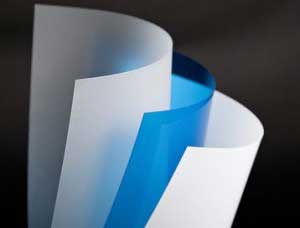ASTM D618 is a trying standard utilized for deciding the erosion of plastic film and sheeting. Utilizing this test, the static coefficient of rubbing and the dynamic coefficient of grating of the test material can be estimated. For coefficient of rubbing testing, ADMET gives a wide scope of holds and apparatuses. Material’s coefficient of contact is the proportion of the power acting between the material surfaces to the pulling power. Estimations are normally made material surface against itself, with a lower grinding coefficient showing a lower opposition.
Contact has two segments; dynamic and static: Dynamic grating (or active erosion) is the power expected to keep up movement between two surfaces, Static grinding is the power expected to make development between two surfaces. The coefficient of rubbing is a basic property of all materials which keep running on rapid assembling lines; especially those in the printing and bundling industry. Coefficient of grinding is routinely indicated for plastic stream rapping films. Assurance of the static and dynamic coefficient of grating is especially intriguing for movies that are additionally handled on bundling and printing machines. Coefficients of erosion give data about the procedure capacity and the surface structure, which is imperative for deciding the printability of the material.
The static and dynamic coefficient of erosion for adaptable movies can be effortlessly estimated on a static testing machine with an extra apparatus. This standard test is characterized in numerous principles.
Co-efficient of friction tester is for the most part used to assess the coefficient of beginning and sliding contact of plastic sheets, papers, movies, and channels. It gauges the motor and static contact of the test example when it slides over substance in a predetermined test circumstance. The test is done to assess the stackability of plastic sheets and movies. These test methods assist plastic producers with avoiding mishaps because of obstruction in stacking, bundling, and transporting materials. The uneven sheet thickness could result in improved rubbing, which prompts uneven quality.
The test reproduces the level of abuse a plastic film can effectively continue without influencing the substance. It is an exceptionally straightforward and simple to utilize instrument planned extraordinarily to confirm the contact that subsists between two surfaces properly secured by the plastic material. In numerous kinds of plastic movies, slip properties are produced naturally because of added substances.
